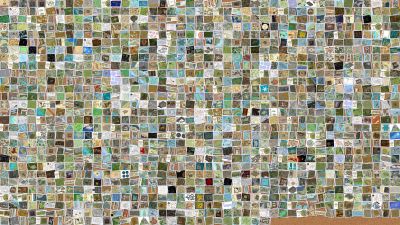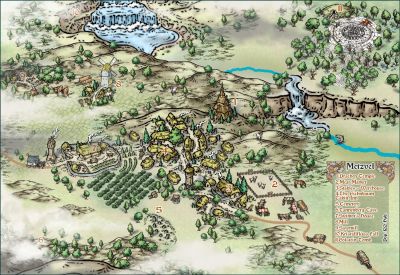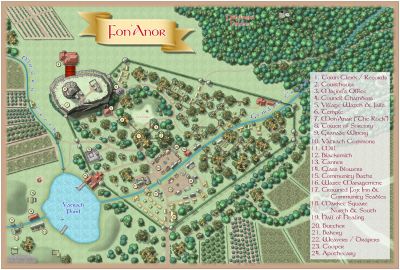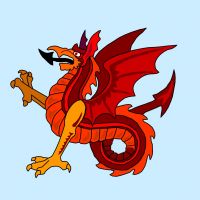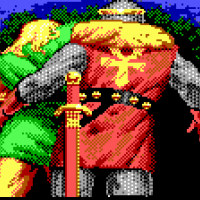
Monsen
Monsen
About
- Username
- Monsen
- Joined
- Visits
- 660
- Last Active
- Roles
- Administrator
- Points
- 8,858
- Birthday
- May 14, 1976
- Location
- Bergen, Norway
- Website
- https://atlas.monsen.cc
- Real Name
- Remy Monsen
- Rank
- Cartographer
- Badges
- 27
-
ALBINO BEVEL
Note that even if you do not know the name of the fill, you can still use CHANGEFS, if you just let the fill name be blank when asked and just hit enter, you will get the fill style dialog where you can pick your fill. (But admittedly, picking through MPEDIT is probably easier as it is a single dropdown, not a dialog with 4 pages)
-
Anybody Tried Windows Server 2022 for CC3+?
Haven't tried it on 2022, but I frequently run it on 2019, which is quite similar in most respects, and it runs like a charm there.
But running it remote do introduce a fair bit of extra input/display latency, especially since you won't get that much use of RDP's bitmap caching feature when working with CC3+.
Also note that installing it on a server in a datacenter can also be against the license agreement. (Installation and use. You may install a copy of the SOFTWARE PRODUCT on up to three personal computers (PCs) at one address (including laptops normally kept at that address) for non-concurrent (not used simultaneously on more than 1 PC) and non-commercial use.)
-
Fractal Coastlines CC3 Hex Overland
-
Does anyone have a Greyhawk underdark CC2 or CC3/CC3+ map ?
-
Line Oddities when exporting as PNG
The exact issue here is basically one of calculation when things get small. At the scale those maps above are exported, there isn't enough pixels in your map to make those "cover walls" in your map a full pixel wide. Unfortunately, pixels cannot be partial things, they either contain one color or another, they cannot be split, as they are the smallest unit in an image. So, when that happens, the rasterization process needs to decide, that line is less than a pixel, should I round it up to 1 or down to 0? One might thing rounding it up to 1 is the good thing since you do want them visible, but for every time you do that, you steal pixels from something else in the map. So when something is less than a pixel, it will sometimes be 1 pixel, sometimes 0. So in short, some of those cover walls just disappears because there isn't room to show them.
But where really makes your problem here is that outline of the shaded area of yours is outlined in a 0-width line. Those lines are special in that they are always drawn as thin as possible, but they are always visible. So they are always one pixel no matter the zoom level. So when that wall hiding line disappears because it is too small... Well, that outline below it won't, because it is always that small.
So, how to deal with this?
One way is to simply export the image much larger and then reduce it afterwards. As long as the covering lines had enough space on the export to appear all of them, they won't magically disappear when you resize the image afterwards, it is just a case of making sure they are given room during rendering. This can be done by exporting a higher version and resizing in an image editor, or you should be able to do the same by setting the expected size in CC3+ and use a really high anti-aliasing value (probably need 100% if you really want your results as small as in this post) as this will export a much larger image and then scale it down to compute AA.
You can also try covering them up with other 0-width lines instead of wider lines. I am fairly certain that would work fine. As long as things are placed using snaps, you can easily place another 0-width line exactly on top of it. And that zero-width line should have the same behaviour as the line below and allways show, and allways be exactly large enough.


